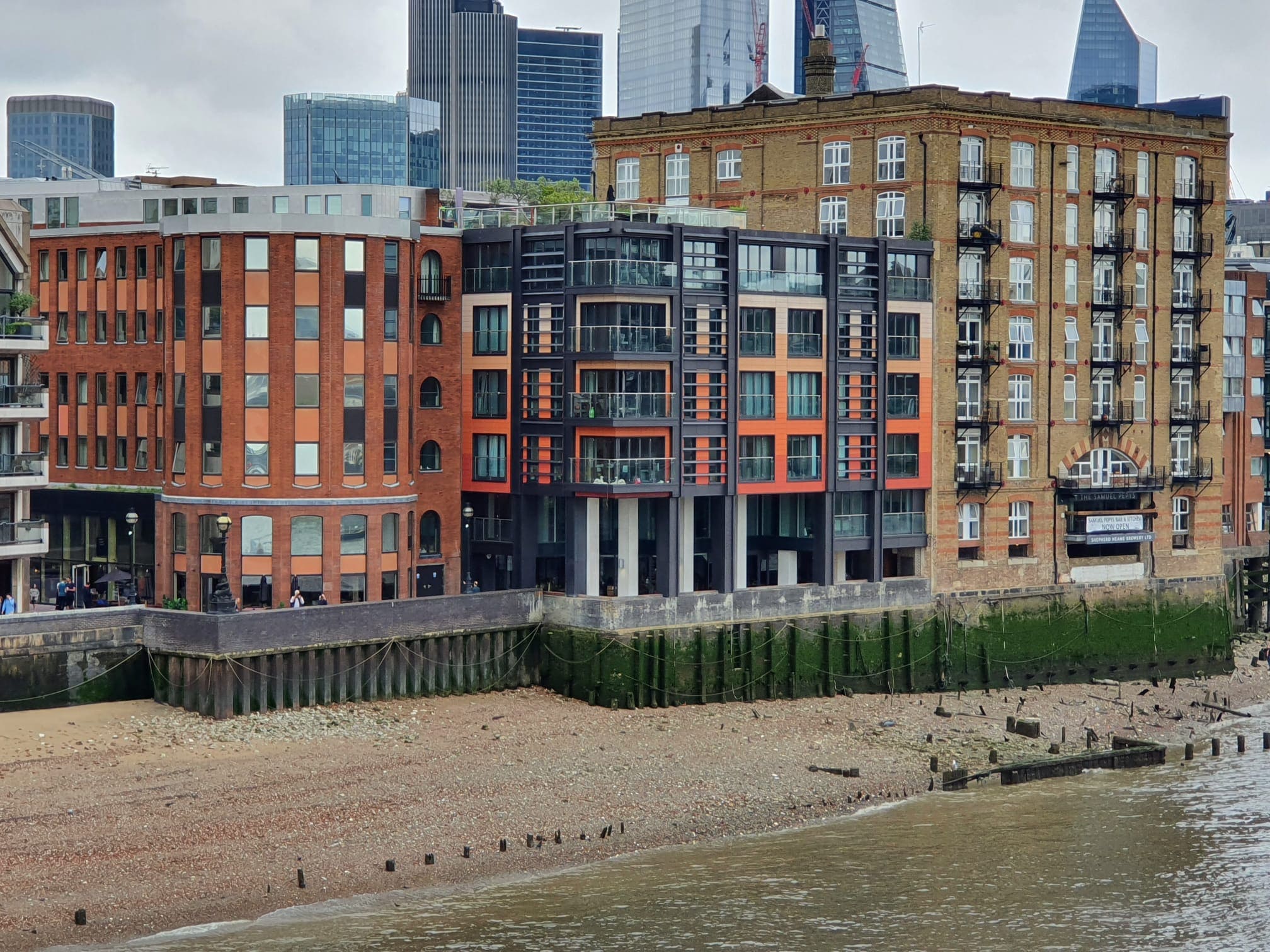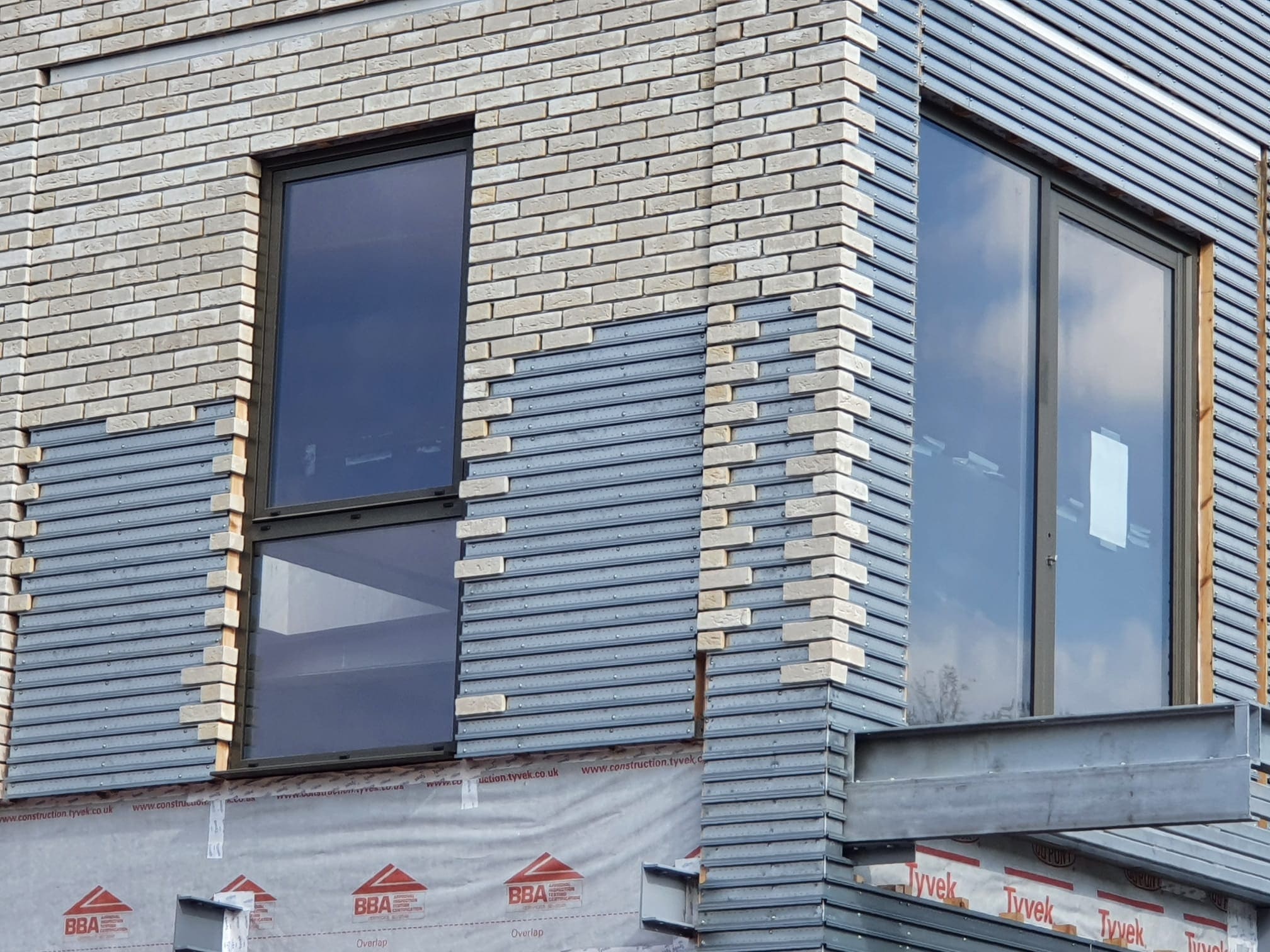27/11/2016
by: Mary-Anne Bowring

Buy-to-let investors face extinction? What will the world look like?
Buy-to-let market
Why do we continue to criticize house builders for selling to buy-to-let investors? Is that not PRS (private rented sector)? Apart from trophy properties in Zone 1 the overwhelming majority of buy-to-let properties are bought to be occupied, lived in by someone, these units are contributing the housing crisis and historically were one answer to the pensions crisis too an income producing investment for retirement. That is, until the government decided that it would squeeze all middle class buy-to-let landlords out of the market. What is wrong with keeping your pre-marital home and renting it if you can? Or having a handful of properties to provide for your future.
Well now you are not flavour of the month, unless you are a limited company you will be taxed out of the market. As the on-line filing date of 31st January 2017 approaches the squeeze starts in earnest with mortgage tax relief being phased out and the 10% wear and tear allowance abolished. It is clear government policy that they want our hard earned money in gilts, pension funds, stocks and shares not in property.
Are we to trust the city bankers again or shall we fund the government deficit instead both seem unpalatable so suffering the squeeze seems the only option. Just who was it who decided that all landlords apart from build to rent developers are the bad guys and just can't do it property. And, even if some landlords did behave badly, for all tenancies post 1st October 2015 if gas safety, deposit registration or repairs have not been expediently dealt what Shelter dub as revenge eviction can no longer occur as the legislation is clear and quite fatal to badly behaved landlords. The same smart thinkers have changed the purpose of social housing providers or Housing Associations as we call them as most of them are now developing for profit, just to fund their social purpose.
The only competent rationale offered for squeezing the buy-to-let investments out of the market is the proposition that perhaps a smaller market of buyers owner occupiers only would slow down house price growth. Perhaps, but that assumes that all the tenants of buy-to-let landlords would have some other housing provider to turn to as surely they still have to live somewhere? So until the government actually builds anything itself lets not bash the housebuilders who kick started PRS before it became appealing to the fund managers and was rebranded as build to rent.
What can happen
We all welcome the funds stepping into build to rent as lifestyle community driven renting is a good model to establish and will over time drive standards up. Build to rent is unlikely to save London as it is so incredibly hard to make the numbers work. However, that it will rescue and regenerate the northern powerhouse is now clear. Brexit voters seek a less London centric UK and it would be nice to roll forward 50 years and see real competing cities, with a vibrant, community oriented lifestyle complimented by superb transport connections. Our contribution here at Ringley includes: building the budgets to model the gross to net modelling as well as modelling the add-on income to push the market value beyond bricks and mortar by taking into account operating income.
We have conducted market research on the must-have nice-to-have facilities covering 70 sites both in London and beyond as well as mood studies in the 18-30 group to consider issues such as the female perspective. As part of the design team we bring an insight into years of managed building problems having seen what doesn't. Other added value as Operator/Agent includes: developing the appropriate staffing strategy, building manuals & procedures, operator method & strategy documents, a community events blueprint. So in short, it is never too early to start planning how will the development work.
The Government’s Push for a Buy-to-Rent Model: Will It Work?
While the government continues to apply pressure to buy-to-let investors, it is also ramping up its push for the Build-to-Rent (BTR) model, emphasizing community-driven living spaces. However, BTR won’t be the immediate answer for London’s housing crisis due to the complexities of making numbers work in high-demand areas. But outside of London, BTR is proving a potential solution to revitalize cities, particularly in the North. For these projects to succeed, however, they require more than just financial investment—they need thoughtful planning and community-based services, which is where industry experience, like Ringley’s, plays a crucial role.
The Changing Role of Landlords: From Investment to Community Builders
The shift towards a more institutionalized rental market means that private landlords, once the backbone of the rental sector, are increasingly being squeezed out. The government’s disfavor towards individual buy-to-let investors contrasts with the growing emphasis on corporate landlords and BTR developments. This change is forcing a redefinition of the landlord’s role: no longer just an income-producing entity, but a community builder who has a hand in shaping the future of neighborhoods and urban lifestyles. Landlords must adapt to this new reality, or risk becoming obsolete in a fast-evolving market.
Could the End of Buy-to-Let Mark the Beginning of a New Housing Model?
As the government continues to tighten its grip on the buy-to-let market, what will become of the millions of tenants currently relying on private landlords? A smaller, owner-occupier dominated market might sound appealing for some, but it overlooks the question of where those tenants will go. With social housing increasingly privatized and the build-to-rent sector still in its infancy, the UK faces a looming housing supply crisis. If the government isn’t prepared to build enough affordable housing, it will be difficult to sustain this shift away from the private rented sector. The question remains: can the new models of BTR really fill the gap, or will they only serve to further divide the housing market?
Planning for the Future: The Essential Role of Development and Management Expertise
The shift from buy-to-let to build-to-rent will require careful planning, from financial modeling to the development of operational strategies. As new developments emerge, developers and operators will need to focus not only on creating physical spaces but also on cultivating a sense of community and ensuring the ongoing success of these projects. Expertise in budgeting, income modeling, and staffing strategies is essential for ensuring that developments remain viable and sustainable in the long run. The collaboration of developers, property managers, and agents will ultimately determine whether these changes can meet the evolving needs of the housing market and create thriving communities.
The shift from buy-to-let to build-to-rent will require careful planning, from financial modeling to the development of operational strategies. As new developments emerge, developers and operators will need to focus not only on creating physical spaces but also on cultivating a sense of community and ensuring the ongoing success of these projects. Expertise in budgeting, income modeling, and staffing strategies is essential for ensuring that developments remain viable and sustainable in the long run. The collaboration of developers, property managers, and agents will ultimately determine whether these changes can meet the evolving needs of the housing market and create thriving communities.
 1472
1472











Keep up to date
(Weekly, fortnightly or monthly)
To find out more what we do with your data, please read our Privacy Policy

 0
0












